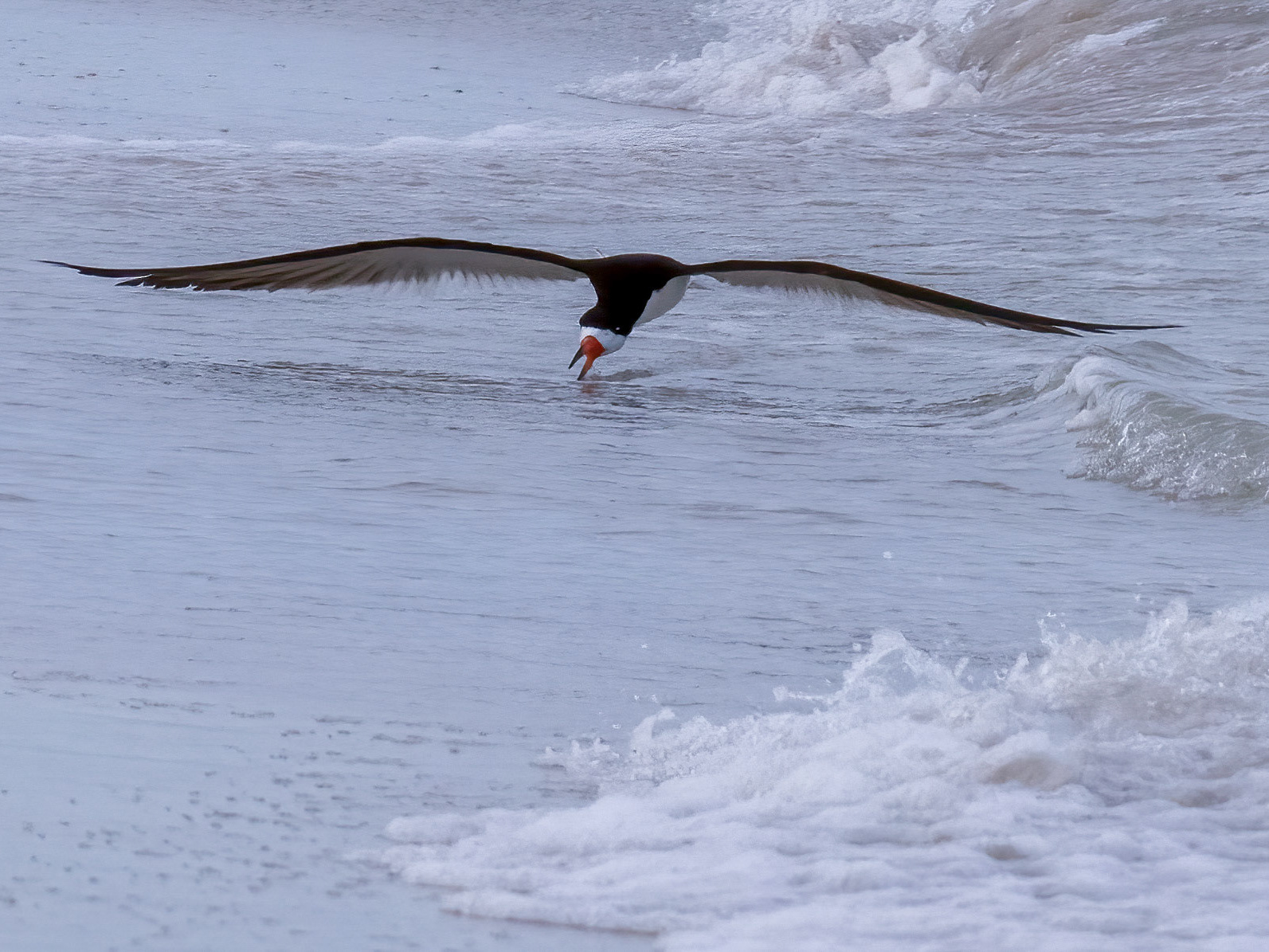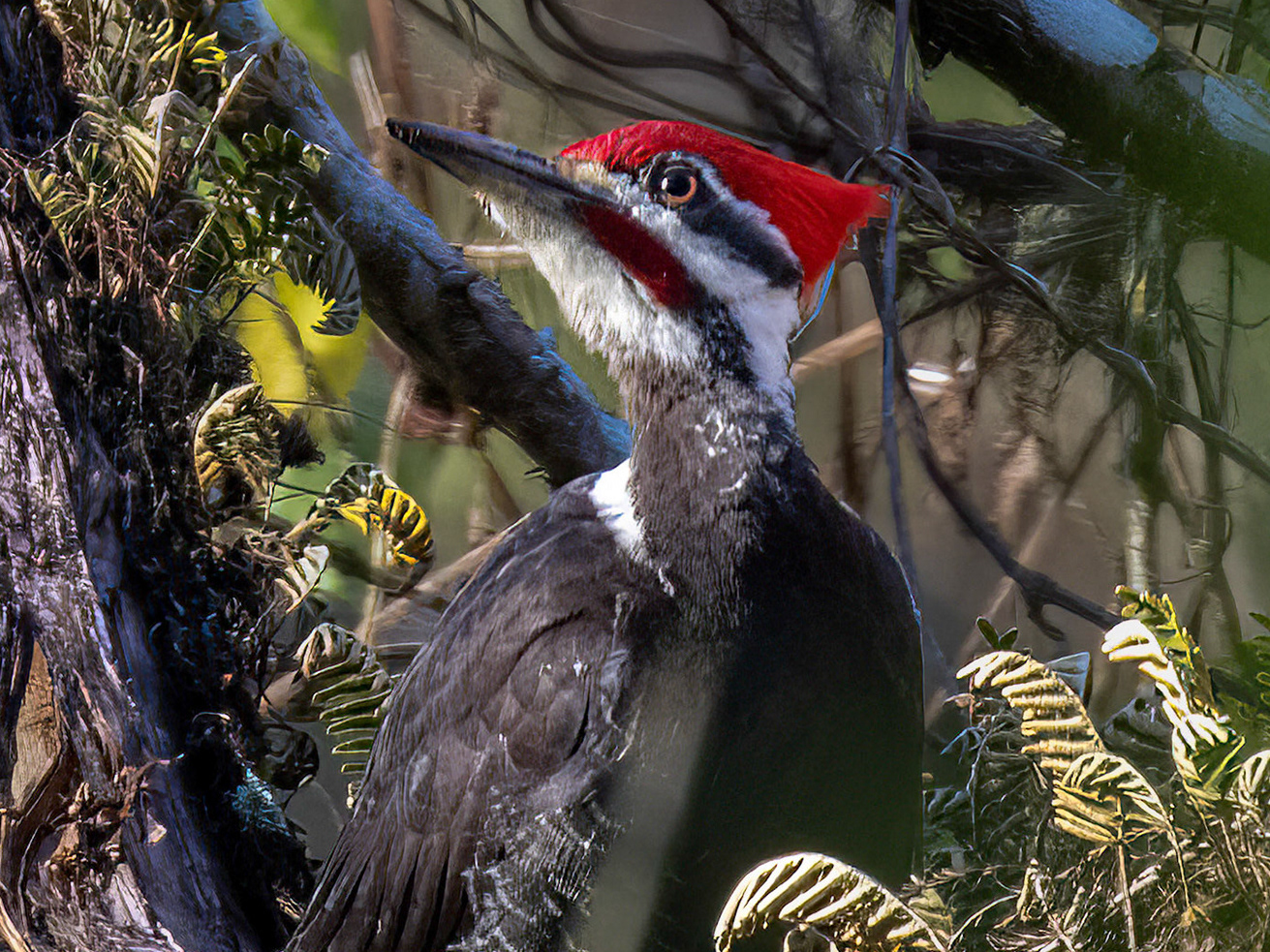
White Ibis heading out to their morning fishing pool

The darker colored Ibis are immature and gradually turn all white

White Ibis - adult

White Ibis - juvenile

White Ibis continue their courtship bond by greeting each other with sticks

Juvenile practicing courtship rites

Immature White Ibis

Lowering water levels generate conflict in teaming pools of fish - sequence

Thousands of fish prematurely during drought "die-offs"

A sundown fly-in to roosting mangroves

Glossy Ibis

Glossy Ibis & Common Gallinule

Glossy Ibis are able to forage both by sight and touch







































